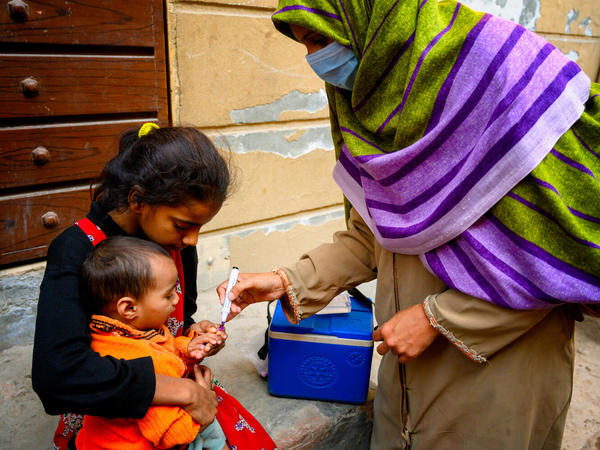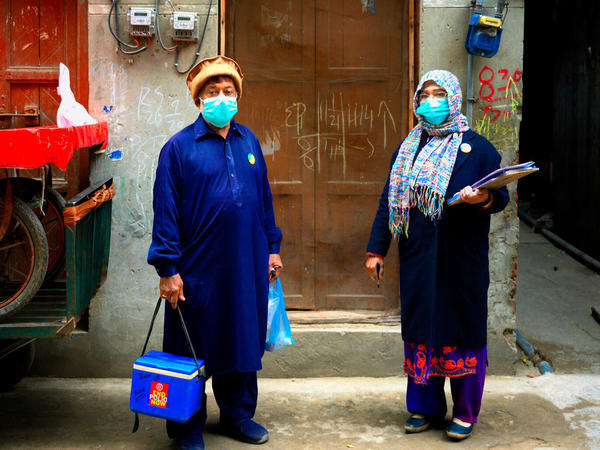As polio campaigns must reach every child, they can often highlight people who are underserved, under-immunized, and in general have the lowest health and socio-development indicators. From an equity perspective, these are the children who suffer the worst deprivations in society.
Your research to date may have identified populations who are vulnerable due to their location, mobility patterns, traditional mistrust of ‘modern medicine', political segregation, or status as an ethnic, religious, or linguistic minority.
If you have access to campaign data, rates of missed children can provide a rich tool to identify underserved children and offer explanations as to why children were missed.
The list below provides some common categories for missed children and a logical way to categorize and think about them.
High Risk / Underserved / Under immunized Populations
-
Refugees, displaced populations, camps, host communities
-
Known resistant groups (clustered refusals) and conservative communities
-
Route, settlements, and labor sites for mobile populations (nomads, migrants, seasonal workers)
-
Other minorities (ethnic, religious) and marginalized groups (esp. with poor access to health services)
Geography
-
Housing/habitat: slums, new recent settlements, highly densely populated urban areas, etc.
-
Position: bordering/connected with the infected area (or where circulation is suspected), transportation hubs
Access
-
Natural barriers and hard to reach areas
-
Insecure areas, conflict-affected areas, administrative instability, management problems, etc
These high-risk groups will inevitably be the top priority as you step into the PLAN phase, and in particular as you develop your audience profile and begin to segment your communication strategy. High-risk populations may not be large in number, but they can pose a significant epidemiological risks. Experience in several countries has shown that early understanding of these groups is critical to ensure that high-risk groups are covered in the programme.
If you have campaign data, click here for a helpful Algorithm to help classify districts into low, medium, and high risk.
Learn more
Explore the other two learning modules in this 3-step tutorial to design evidence-driven communication strategies to help vaccinate every child.
Integrate communications tactics and understand their strengths and weaknesses, then evaluate performance.
Define your target audience and barriers to change, then develop messages and choose channels to reach your audience.



